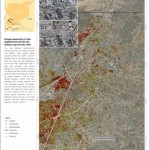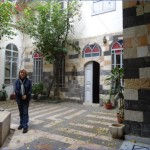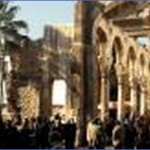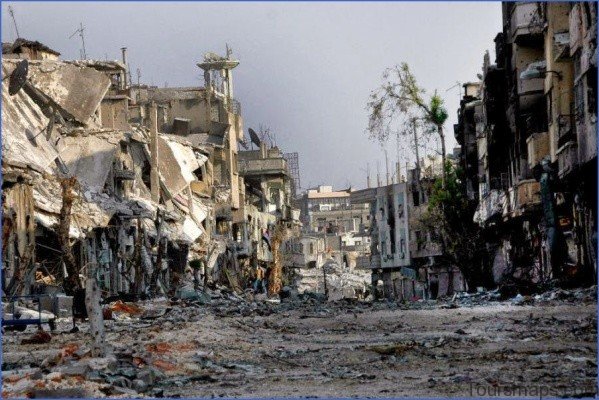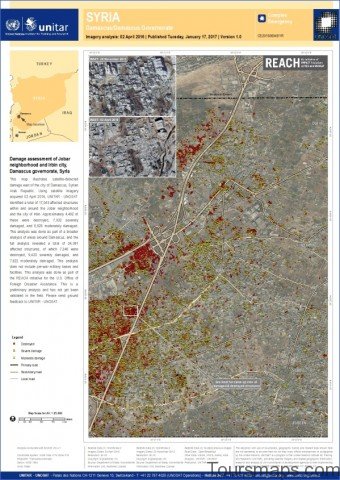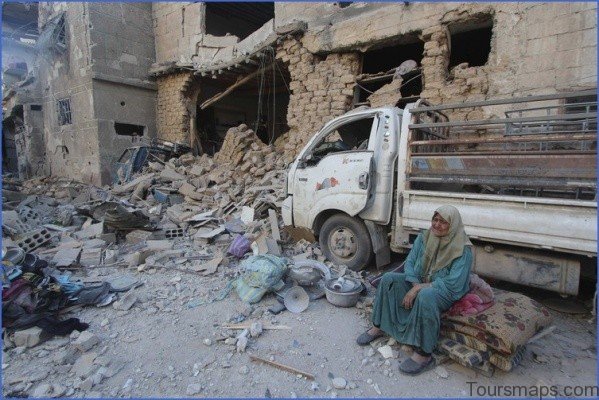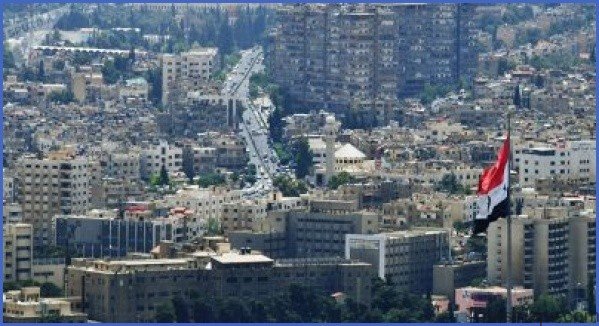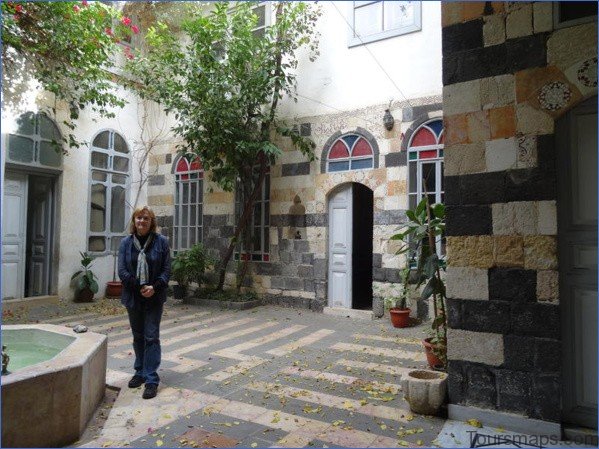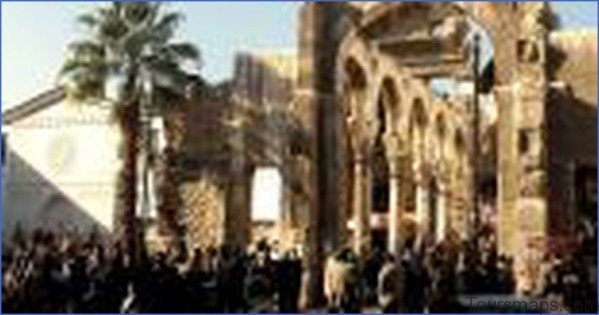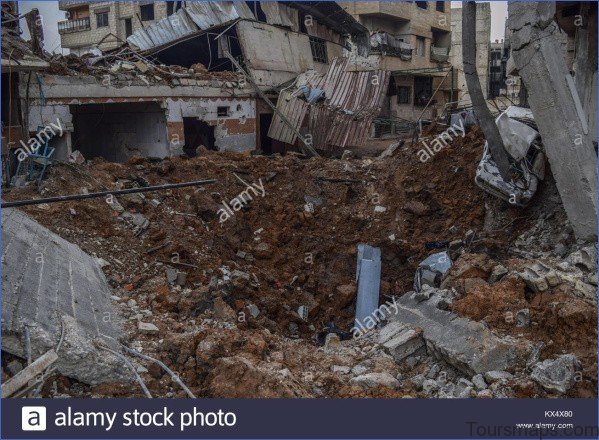Been a little while since I’ve written up and I have plenty of updates to do, it’s just that I have been busy. Well, the truth is that it’s been raining non-stop. I’ve been camping in my tent reading.
I arrived in Damascus on the 6th and as I’m meeting up with Suzanne, a Melbourne friend, on the 12th I decided to camp about 500 m out of town on the trail to avoid accommodation costs. As I am
going to be here a little while I’ve bought an esky and have been providing a little trail magic via cold drinks for hikers before they reach town.
The unfortunate side effect was breaking my Kindle because I didn’t realise it was in my pack when I loaded it up with a couple of cartons of drinks.
I was crest-fallen at this mishap, as I had become quite attached to the Kindle as part of my nightly camping routine for an hour before it got dark. I’ve ended up ordering a replacement from Amazon which I’m charging up now.
That’ll have to do for this quick update, as the library is about to close but I’ll definitely be doing more write-ups soon. Stay tuned.
Damaging Damascus Photo Gallery
M.C. = Mileage Cost: How many miles is it worth?
Ok, I didn’t manage to update as quickly as I intended whilst waiting in Damascus, but I want to talk about a new understanding I have come across about valuing the worth of an item, I call it a ‘Mileage Cost’.
“Why MC?” You may ask, and “Why would that be a more accurate valuation technique for a hiker compared with traditional techniques such as money?”
Myself as an example, money is important up until the point of acquiring everything you really need. Past that point, money is only good for buying things that you want, luxuries or upgrades. Sure these things are nice but their worth to you isn’t nearly as important as the things you need and so your financial estimation of their worth may be iffy at best. That and coupled with the fact that if you have more money than you need, then you are prepared to pay inflated prices for things as money loses its worth to you.
The concept of Mileage Cost however came to me when I was 3.5 miles out from the hostel I had stayed at and realised I’d left my watch behind. Then the stark realisation came to me I would have to walk 7 miles 3.5 miles both ways, to get it back. Now my mum may not believe this, as I never wear a watch back home, but I went through some serious deliberation over whether I should go back for the watch or just pick up another later on the trail.
Seven miles = around 2.5 – 3 hours walking.
Seven extra miles would mean I wouldn’t get to camp on a river just outside of a town and eat pizza, shop and have a wash.
Seven miles meant I would lose almost half a day on the boys up ahead of me because I would be doing my town shopping during the day tomorrow, instead of that night and setting off on the trail the next morning.
The watch I had left behind was worth around $20.
Now I don’t know if this is an old wives tale or a fallacy but I remember reading once that if Bill Gates dropped a $1000 it wasn’t worth his time picking it up because in the 4 seconds it would have taken him to do it he would have earned the same amount.
I’m no Bill Gates; I walked back and got my watch. I got that watch when I went to the Rugby World Cup with my old man and it reminds me of that trip, I now know that watch is worth more than 7 miles to me.
This got me thinking about the other gear I was carrying and how far I’d walk for them and surprisingly the MC value didn’t really relate to their financial cost. Things with sentimental value accrued a much higher MC than expensive but replaceable items.
Maybe You Like Them Too
- Top 10 Islands You Can Buy
- Top 10 Underrated Asian Cities 2023
- Top 10 Reasons Upsizing Will Be a Huge Travel Trend
- Top 10 Scuba Diving Destinations
- World’s 10 Best Places To Visit


